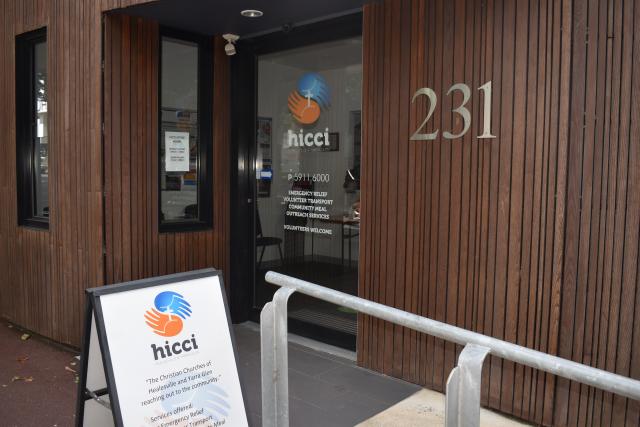By Kath Gannaway
Wesburn man, 22-year-old James Brian Lennon, will return to prison with a reduced sentence following an appeal in the Supreme Court of Victoria.
Lennon was sentenced in August 2016 to a year in prison and two years community work for his part in a 2014 incident in which teenage girls, Ebony Dawson and Tarryn Rankin, were seriously injured.
The prison term has been reduced to eight months.
Lennon pleaded guilty to two charges of dangerous driving causing injury and one charge of reckless conduct endangering a person before County Court Judge Felicity Hampel and served almost two months before being released on bail to appeal the severity of the sentence on a number of points.
The appeal was heard on 22 March before Justices Mark Weinberg, Joseph Santamaria and Peter Kidd with QC Robert Richter for Lennon arguing that Judge Hampel had erred in her findings in a number of areas, had denied procedural fairness and that the sentence was excessive.
Mr Richter called for a Community Correction Order (CCO) rather than imprisonment, but P.J. Doyle for the prosecution submitted that the gravity of the offending warranted imprisonment, alone or with a CCO.
The bench concluded there was a breach of procedural fairness in which Judge Hampel indicated initially that she was satisfied that Lennon had demonstrated remorse, but sentenced him on the basis she was not satisfied he had done so.
The bench found they were now required to reach their own view on the question of remorse and found that Lennon had acquired a degree of insight into the wrongfulness of his action.
“He has experienced some contrition,” the bench said, adding that they would give credit for remorse consistent with Judge Hampel’s views expressed during the plea hearing.
In relation to speed, they found while the vehicle was being driven too fast for the terrain and that speed was excessive, and relevant, in that limited sense, it did not aggravate the offending.
On moral culpability they agreed with the Judge Hampel’s assessment that it was not at the lowest end of the scale as had been argued by the defence.
The bench found while it was in the low range, it was far from the lowest saying the impairments from which Ms Dawson suffers are “profound and permanent”.
They found there was no illegality attached to driving the vehicle on private property at the time of the accident.
They gave weight “as did the sentencing judge” to Lennon’s good work history and clean record and the opportunity that had been lost to him to be dealt with under a youth justice centre order because of the long delay in getting the matter dealt with.
They found the sentences in relation to dangerous driving causing serious injury (charges one and two) were not excessive, stating that a sentence involving immediate custody was to be expected and adding that Judge Hampel was right to emphasise the need for general deterrence.
“Offences of this kind are frequently committed by young offenders, with otherwise good character, who have no criminal history and good prospects for rehabilitation,” they concluded.
“It is because of the tendency of young drivers to drive dangerously that general deterrence must be regarded as of great importance, and youth must be given relatively less weight.”
They found however that the sentence in relation to reckless conduct (charge three) had been coloured by the gravity of the previous charges and said it involved an element of double punishment concluding it could be dealt with by a conviction and fine.
They set aside the original sentences and took into account both the remorse and the additional anguish of being returned to prison.
The total sentence handed down was eight months imprisonment, a two-year CCO and a fine of $1000.







